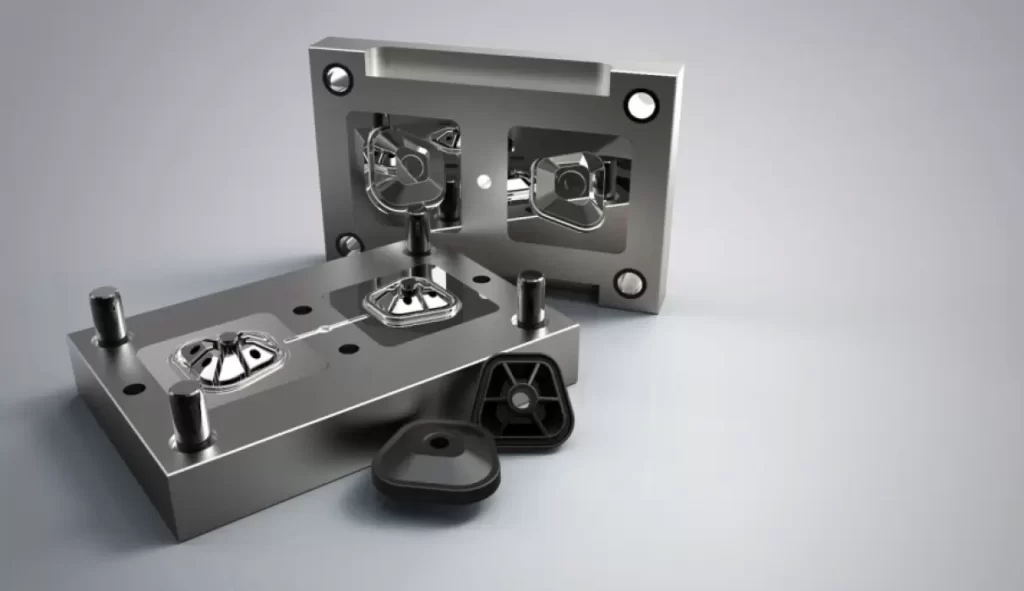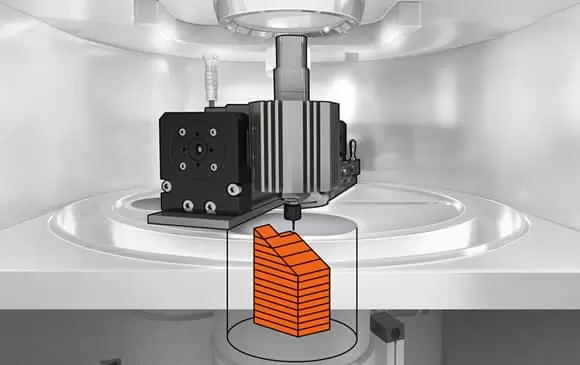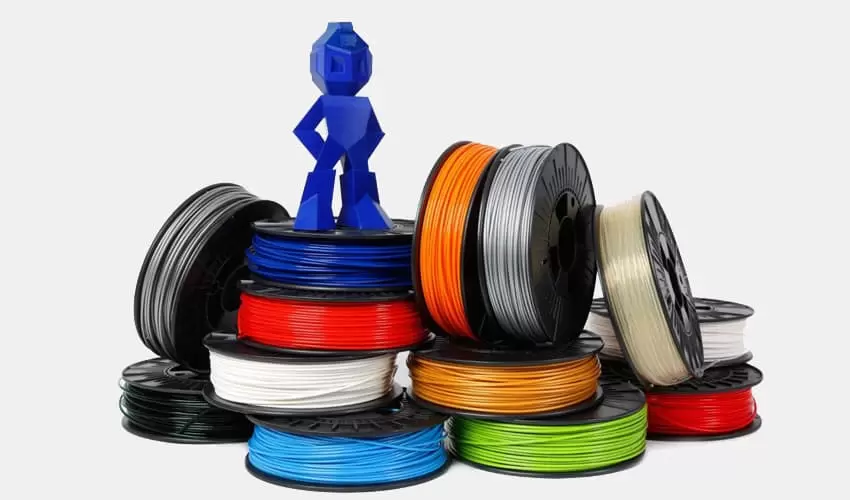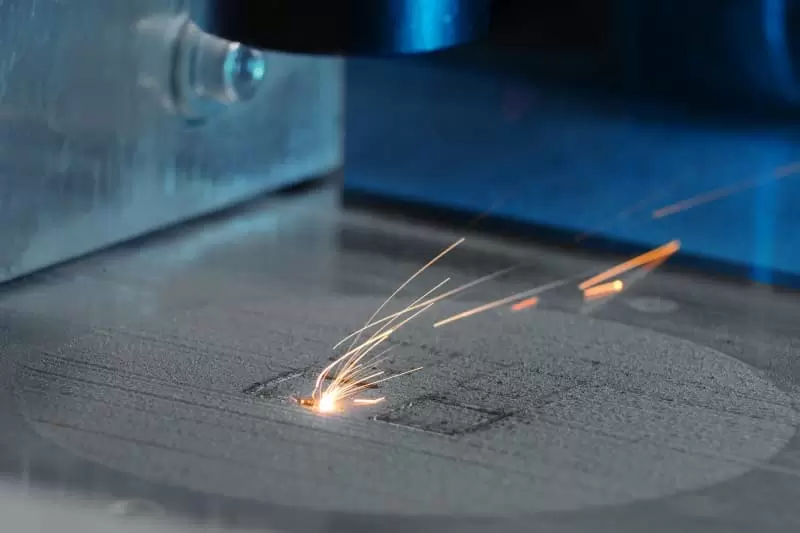Table of Contents:
- Introduction
- How Rapid Injection Molds Work
- Applications of Rapid Injection Molds
- Benefits of Rapid Injection Molding
- Factors to Consider When Choosing a Rapid Injection Molding Service Provider
- Challenges of Rapid Injection Molding
- Conclusion
-
1.Introduction
Rapid injection molds are a type of injection molding process that uses fast and cost-effective techniques to produce high-quality parts. This manufacturing method leverages sophisticated technologies that enable the creation of production-quality parts within a short period of time.
Advantages of Using Rapid Injection Molds:
- Reduced lead times and faster time to market for products
- Lower production costs compared to traditional injection molding processes
- Increased design flexibility to accommodate complex part geometries and features
- Improved product quality due to the use of high-quality injection molds
- Allows for rapid iteration and prototyping of parts, facilitating product development cycles.
-
2.How Rapid Injection Molds Work
Overview of the Rapid Injection Molding Process:
Rapid injection molding is significantly different from traditional injection molding, which is a longer and more expensive process. Rapid injection molding will use aluminum or soft steel for the mold’s core and cavity, which provides a more cost-effective and faster solution for short-run production. The process involves four stages:
- Mold Design: Once the part specifications are determined, the mold design process begins. CAD software is used to design the 3D model of the part that will be created.
- Mold Fabrication: After the mold design is finalized, the mold is constructed using materials such as aluminum or soft steel. Once the mold is complete, it is mounted onto an injection molding machine.
- Injection Molding: The injection molding machine is used to heat and melt the thermoplastic or thermosetting plastic material, which is then injected into the mold’s cavity. The plastic material cools in the cavity and takes on the shape of the mold.
- Part Ejection: After the cooling time is complete, the mold opens, and the finished part is ejected. The cycle time can be as short as a few seconds depending on the material and part geometry.
Materials Used in Rapid Injection Molding:
Rapid injection molding processes typically use materials that have a faster cooling cycle, such as thermoplastic and thermosetting plastics. The most commonly used materials include:
- ABS
- Polypropylene
- Polycarbonate
- Nylon
- Acetal
- TPU (Thermoplastic Polyurethane)
The exact material used in rapid injection molding depends on the specific part requirements, including strength, stiffness, and resistance to heat and chemicals.
-
3.Applications of Rapid Injection Molds
Industries that benefit from rapid injection molding:
Rapid injection molding serves a wide range of industries, including automotive, medical, consumer goods, electronics, aerospace, and telecommunications. These industries can benefit from the speed, cost-effectiveness, and flexibility of this manufacturing method to produce parts that meet stringent quality standards while reducing production costs and lead times.
Types of Parts Produced Using Rapid Injection Molding:
Rapid injection molding can produce various types of parts such as:
- Electronic housings and enclosures
- Small to medium-sized gears and gearboxes
- Automotive parts such as bumpers, brackets and interior pieces
- Medical equipment components
- Consumer product parts such as cases and handles
- Custom components for aerospace and defense applications
These parts can range in size and complexity from small handheld devices to large parts such as automobile bumpers. The high-quality, fast turnaround time of rapid injection molding makes it an ideal choice for prototyping, low-volume production runs, and production of complex parts with tight tolerances.
-
4.Benefits of Rapid Injection Molding
Cost Savings:
One of the significant benefits of rapid injection molding is the cost savings compared to traditional injection molding methods. The use of aluminum or soft steel mold allows for a more streamlined tooling process, which, in turn, lowers the manufacturing costs. Additionally, low volume production runs, which would be prohibitively expensive for traditional manufacturing processes, can be cost-effectively produced with rapid injection molding.
Fast Turnaround Time:
Rapid injection molding offers a significant reduction in lead times compared to traditional injection molding. Once the design is finalized and the mold has been fabricated, the plastic components can be molded quickly and efficiently, saving time and money on molding production runs. This quick turnaround time enables manufacturers to take advantage of shorter product development cycles, meet tight deadlines, and bring products to market faster.
Design Flexibility:
Rapid injection molding offers increased design flexibility when compared to other manufacturing methods. The use of computer-aided design (CAD) software allows designers to quickly iterate and modify part designs, making adjustments to geometries and features as required. It is possible to create complex designs with uniform wall thickness, intricate details, and tight tolerances with rapid injection molding that might be too challenging or too expensive to manufacture using other methods. Additionally, the parts can have a variety of surface finishes to meet specific design requirements. The design flexibility inherent in the rapid injection molding process makes this method ideal for producing custom parts and low-volumes production runs.
Click on the V1 Prototype website to gain more information.
-
5.Factors to Consider When Choosing a Rapid Injection Molding Service Provider
Experience and Expertise:
When selecting a rapid injection molding service provider, it is essential to consider their experience and expertise in producing parts using this manufacturing method. A reputable provider should have a solid track record of producing high-quality and complex parts with tight tolerances, using the latest equipment and technology. Their team of engineers and designers should have relevant qualifications and experience in rapid injection molding.
Quality Assurance:
Quality assurance is particularly crucial when it comes to rapid injection molding. The service provider should have robust quality control processes in place, from mold design and fabrication to final part inspection. The provider should also have a comprehensive understanding of industry standards and compliance requirements to ensure that parts produced meet the appropriate quality standards.
Customer Service:
Quality customer service is essential when it comes to selecting a rapid injection molding service provider. A reputable provider should be responsive to customer inquiries and should provide clear and concise communication throughout the manufacturing process. They should keep in constant contact with the customer to ensure that their needs and requirements are met, and any issues are appropriately addressed. The service provider should also offer after-sales support, including assistance with installation, maintenance, and replacement of parts.
Ultimately, a reliable and experienced rapid injection molding service provider will have effective communication protocols in place, provide cost-effective solutions for their customers, and strive for high-quality production outputs that meet customer requirements.
-
6.Challenges of Rapid Injection Molding
Material Properties:
The selection of the material used in rapid injection molding plays a crucial role in the ability to produce high-quality parts. Some materials can be challenging to mold, and their properties can impact the overall moldability, which can result in defective parts. Additionally, some materials may require more extensive processing times that could limit the speed of the rapid injection molding process.
Surface Finish Issues:
Surface finish issues can arise in rapid injection molding due to rapid cooling times and the use of fast-cycling machinery. These issues may include uneven shrinkage, warping, or distortion in the final part, which affects the surface finish of the component. Addressing these issues may require additional processing steps such as additional polishing or coating to achieve an acceptable surface finish.
Limited Production Volume:
Although rapid injection molding provides a faster and more cost-effective solution for the production of components with lower volumes, it may not always be the best solution for high volume production. The aluminum mold used in rapid injection molding may not be suitable for use in high-volume production runs that require more robust tools. This may result in a less cost-effective option for large-scale manufacturing.
Addressing these challenges requires expertise and experience in rapid injection molding. Working with an experienced service provider can help address these challenges to ensure that the parts produced meet the required quality standards and customer specifications.
-
7.Conclusion
Recap of the Advantages and Disadvantages of Rapid Injection Molding:
Advantages:
- Faster production times compared to traditional injection molding processes
- Increased design flexibility and complexity
- Reduced production costs for short-run production
- Faster iterations and prototyping
- High-quality output with tight tolerances
Disadvantages:
- Limited to smaller production runs
- Limited material options that can be used in the process
- Higher costs for large production runs
Final Thoughts and Recommendations:
Rapid injection molding offers a fast and cost-effective solution for producing parts with short production runs or complex geometries. Working with a reputable and experienced rapid injection molding service provider can help overcome some of the challenges that come with this process, such as material selection, surface finish issues, and limited production volume. Many industries, including automotive, medical, and consumer goods, can benefit from the advantages of this process. Overall, rapid injection molding presents an excellent alternative to traditional manufacturing methods, and product designers and manufacturers should consider the advantages and disadvantages carefully before making a decision.




